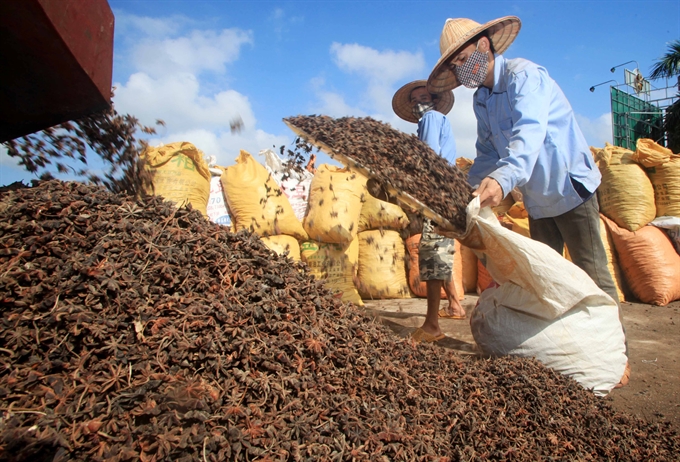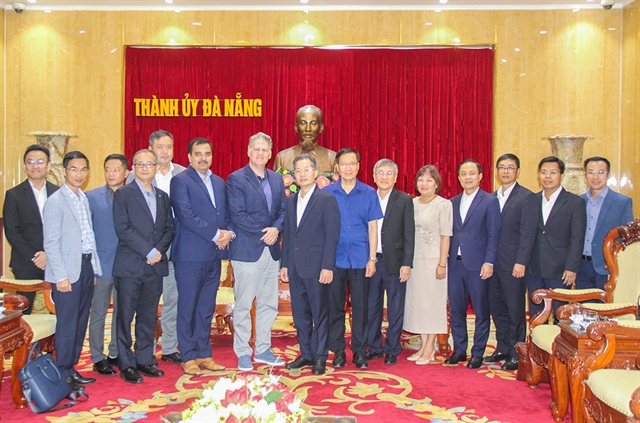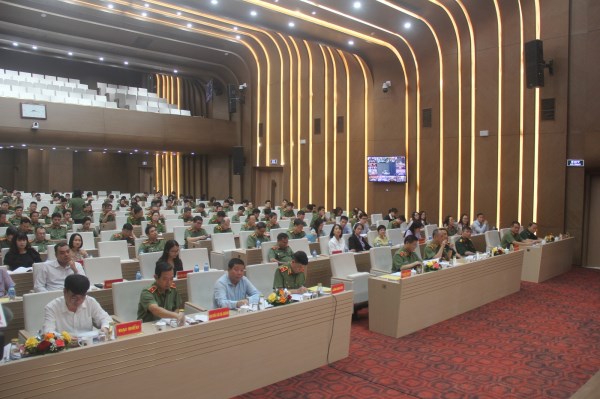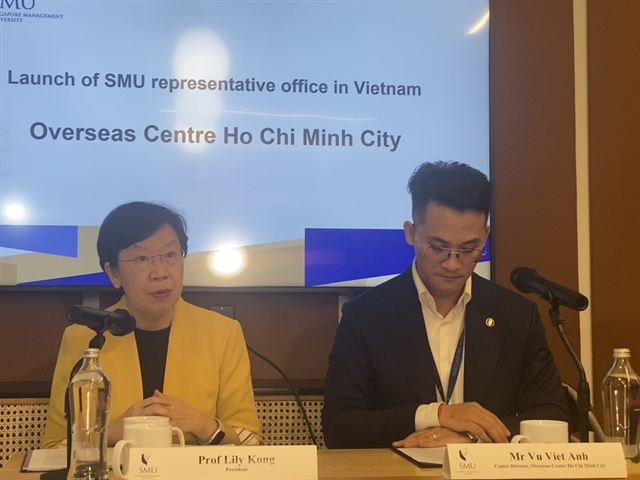 Economy
Economy

While global economic growth is expected to continue at a slow pace, the economies of Southeast Asian countries, China and India still offer some encouraging signs, according to an update of the OECD Economic Outlook for Southeast Asia, China and India 2016.
 |
| Workers pack star aniseed at the factory of Lạng Sơn Agriculture Products Processing and Export Company in northern Lạng Sơn Province. Thousands of its products are exported to India, the UK, Malaysia and China yearly. – VNA/VNS Photo Trần Việt |
HÀ NỘI — While global economic growth is expected to continue at a slow pace, the economies of Southeast Asian countries, China and India still offer some encouraging signs, according to an update of the OECD Economic Outlook for Southeast Asia, China and India 2016.
The update, which was released by the Organisation for Economic Co‑operation and Development (OECD) yesterday in Hà Nội, suggested that real economic activity in Southeast Asia is projected to grow at an average rate of 4.9 per cent in 2016 and 5.3 per cent in 2017.
India’s economy is expected to grow at 7.4 per cent and China’s growth is projected at 6.5 per cent in 2016.
The report says that recent external shocks that have affected economic activity in the region include the significant drop in commodity prices, China’s economic slowdown and recent financial volatility in emerging markets. Moreover, climate issues caused by El Nino-related weather conditions, such as droughts and floods, are affecting agricultural production in the region.
While growth in other countries like Indonesia, Malaysia, Thailand, and other ASEAN countries are expected to be either high or fairly stable, Viet Nam might experience a slight slow down in its growth outlook, especially when the country is exposed to risks caused by low agricultural commodity prices and drought.
In this context, the establishment of the ASEAN Economic Community in 2015 marks an important milestone that promises significant changes to the landscape of regional integration.
The recently signed Trans-Pacific Partnership (TPP), which includes four ASEAN members and the Regional Comprehensive Economic Partnership, which is still under negotiation and will cover the ASEAN+6 countries, offer opportunities to improve regional trade.
Productivity and inclusiveness
Experts who attended the OECD Southeast Asia Regional Forum called “Boosting Productivity and Inclusiveness in Southeast Asia”, which took place the same day in Hà Nội, agreed that productivity growth is the central driver of rising economic output and material living standards.
Speaking at the forum, Deputy Minister of Foreign Affairs Bùi Thanh Sơn said he shared the opinion that much of emerging Asia had seen slowing productivity growth since the global financial crisis and that this trend would need to be reversed for growth to pick up.
“It is essential that we increase productivity through creating jobs with high productivity because most ASEAN countries have a huge young workforce. We need to enhance institutional reform, national governance and develop our human resources to improve productivity in Southeast Asia,” Son said.
Sharing his idea, Douglas Frantz, Deputy Secretary-General of OECD, said productivity and inclusiveness were vital for Southeast Asia just as they were vital for other OECD member countries.
While noting the decline in productivity growth among OECD member countries, Frantz said that we also experienced a long-standing rise in inequalities of wealth, income, well-being and opportunity.
"As the rich have become richer, the poor have not. Thus, productivity and inclusiveness have many common roots," he said.
While OECD data showed productivity growth had slowed, he said the issue was not so much a shortage of innovations, but a failure of those innovations to spread throughout the economy.
“We cannot take it for granted that technological advances and innovations will automatically spread out to the whole economy. There’s a risk of a vicious circle setting in, where individuals with fewer skills and poorer access to opportunities often get stuck in precarious jobs and in the informal economy,” he said.
“This reduces aggregate productivity, widens inequality and undermines policy efforts to increase productivity and growth,” Frantz said.
In the two-day forum, experts are discussing not only measures and exploring possible policy solutions for enhancing productivity while fostering greater inclusive growth, but also integrating ASEAN small-and-medium sized firms into global value chains. — VNS









